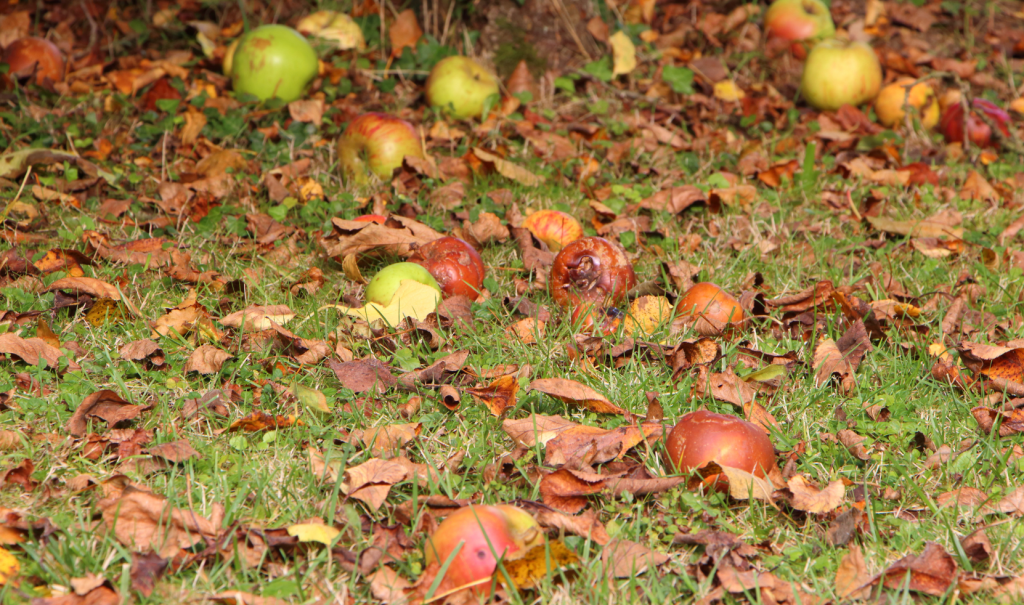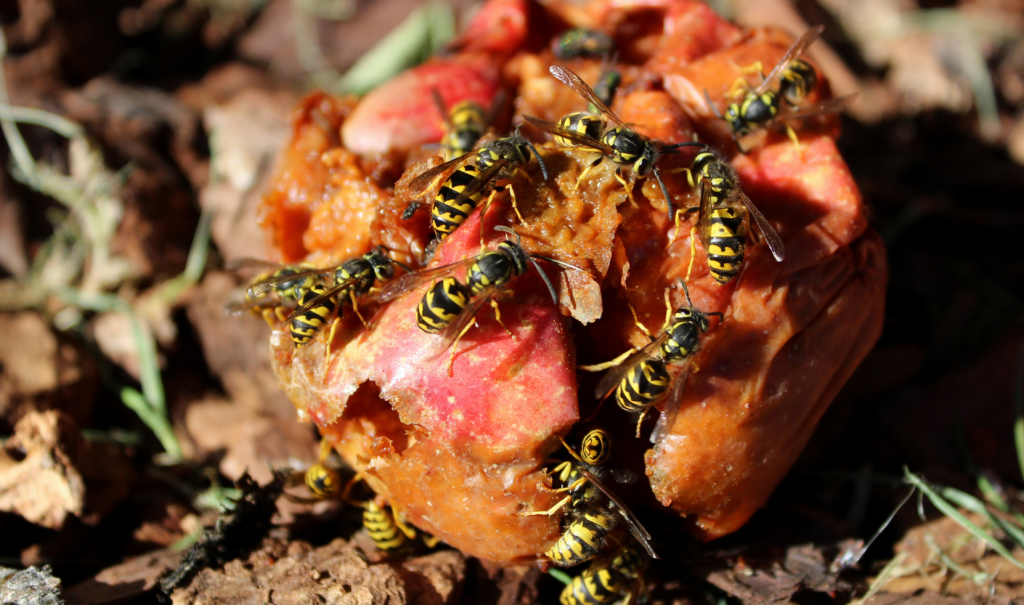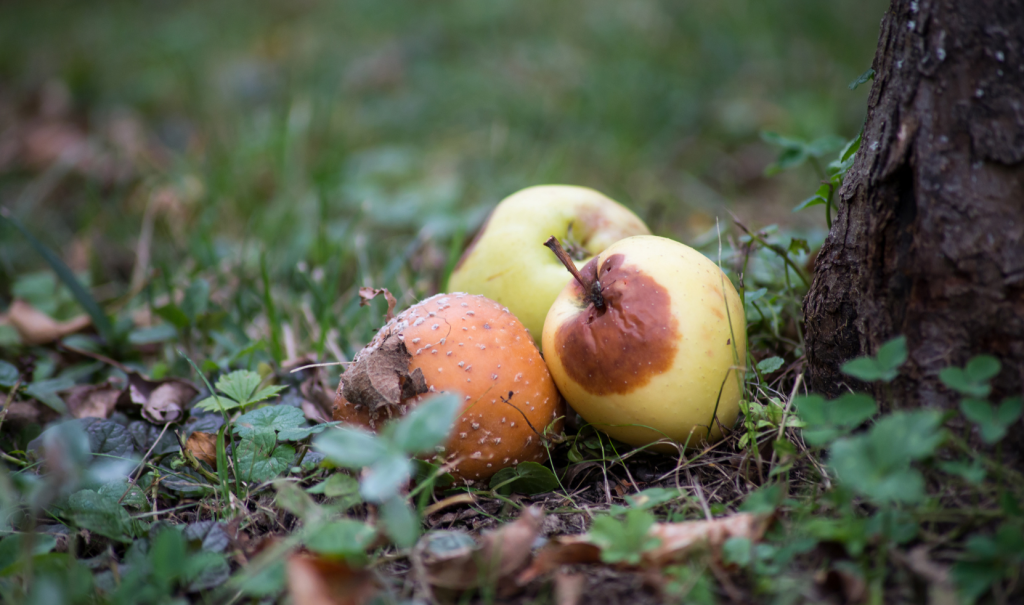Gardeners often overlook the impact of fallen fruit left on the ground. While it may seem harmless to let nature take its course, this oversight can lead to significant complications that may cost time, energy, and money.
The Risks Associated with Fallen Fruit
- Attracting Pests: When fruit begins to rot, it releases a sweet smell that can attract unwanted pests such as wasps, ants, and rats. Rats, in particular, can be a nuisance; their presence often leads to infestations that may require professional pest control services costing upwards of £100.
- Disease Development: Rotting fruit is a breeding ground for various bacteria and fungi that can spread diseases to healthy trees and plants nearby. For instance, brown rot can infect other fruits still on the tree, jeopardizing future harvests.
- Weed Growth: The organic matter from decaying fruit enriches the soil but also creates optimal conditions for weed growth. Weeds can quickly take over garden beds if not managed promptly, leading to ongoing maintenance costs.
- Lawn Damage: Fallen fruit lying on grass obstructs sunlight and airflow essential for healthy grass growth. Within a couple of days, you may notice yellowing grass; in two weeks, your lawn may enter a dormant state or even die altogether.
- Tree Health Decline: Trees rely on their fruits primarily as a method of seed dispersal. If too much fruit is left on the ground, it can lead to unintended growths or saplings sprouting all over your garden area.
Recommendations for Managing Fallen Fruit
To maintain a healthy garden ecosystem and avoid potential problems associated with fallen fruit:
- Immediate Removal: Promptly pick up any fallen fruit from under your trees. Dispose of it in a compost heap located well away from your home or take it to the local tip if needed.
- Composting Practices: If you have a compost system in place, make sure it’s properly designed to handle fruit scraps without spreading diseases—consider using hot composting methods which kill off pathogens effectively.
- Animal Feed: If the fallen fruit is still relatively fresh and hasn’t been there too long, consider donating it to local farms or friends who keep chickens or goats.
The Interplay Between Ivy and Fallen Fruit
When discussing why gardeners should not prune ivy in September or October, it’s also essential to understand how both ivy care and fallen fruit management work together in sustaining overall garden health:
Nutritional Competition
Fallen fruits contribute nutrients back into the soil that can benefit surrounding plants like ivy. As organic matter breaks down through natural processes (even while harboring pests or diseases), it returns valuable nutrients like nitrogen back into the soil—improving soil fertility without synthetic fertilizers.
Enhanced Biodiversity
Both ivy and fallen fruit create an interconnected web within your garden’s ecosystem:
- Ivy attracts pollinators during its flowering period.
- Fallen fruit attracts mammals like squirrels who help with seed dispersal.
- Diverse insect populations benefit from both components—allowing natural predation rates for harmful pests while supporting beneficial insects that contribute positively towards pollination.

Best Practices for Garden Maintenance in Autumn
Autumn gardening doesn’t simply mean pruning; there are various tasks you should consider performing alongside those pruning decisions:
- Mulching: Mulching around your plants helps retain moisture while suppressing weeds during dry seasons. It also improves soil quality over time as organic materials break down.
- Composting: Create a dedicated compost area where you can dispose of organic matter responsibly—ensuring you’re not adding diseased plant material back into your soil while enriching it simultaneously.
- Plant Inspection: Regularly check all plants for signs of disease or pests—address issues quickly to prevent spreading throughout your garden.
- Soil Testing: Consider testing your soil pH levels so you know what amendments might be required come spring planting time—this proactive approach will yield better results moving forward!
- Fertilization: Apply slow-release fertilizers designed for fall use—which support root development without promoting excessive top growth susceptible during colder months ahead.
- Pruning Practices: Timing is essential when pruning other plants besides ivy; understand which plants respond well to specific pruning schedules while considering those recommended “not” times—including berry bushes meant solely for wildlife enjoyment!
- Encouraging Wildlife Habitats: Construct homes or feeders tailored specifically toward local wildlife like birds—providing consistent support through harsh winter months reinforces robust ecological relationships between all components present in your backyard!

Conclusion
In conclusion, understanding why “don’t prune ivy in September or October” extends far beyond aesthetics; this simple yet powerful guideline supports vital wildlife and sustains healthy ecosystems within gardens everywhere! As responsible gardeners seeking balance amid our landscapes filled with life—that requires careful planning along with respect toward nature’s cycles—we must incorporate strategies that nourish both our gardens’ beauty & inherent biodiversity effectively!
Furthermore recognizing consequences attached leaving fallen fruits unattended emphasizes great lessons regarding responsible management practices ensuring flourishing green spaces without creating burdensome costs later down line—our collective efforts matter greatly fostering future landscapes accessible through shared commitments nurtured love flora surrounding us all blossoming! Embrace these gardening practices this autumn; they promise not only better yields but enriched experiences deepening connections rooted nature revealing splendid treasures!

